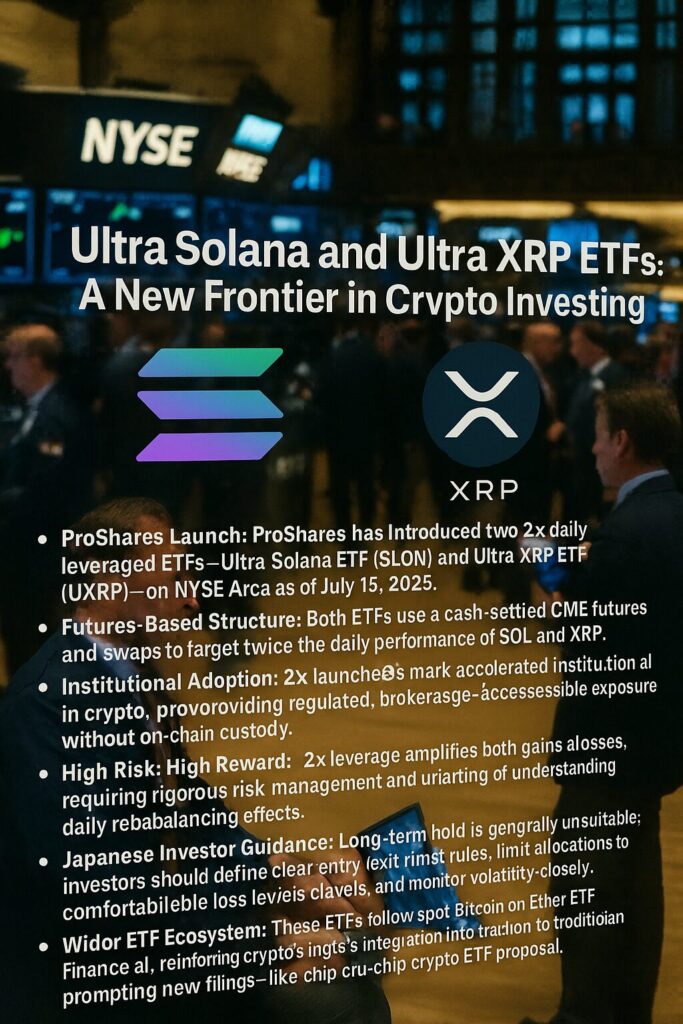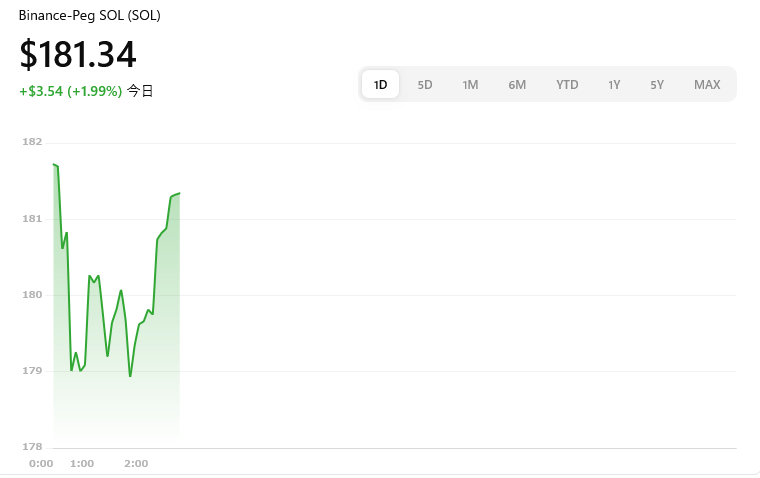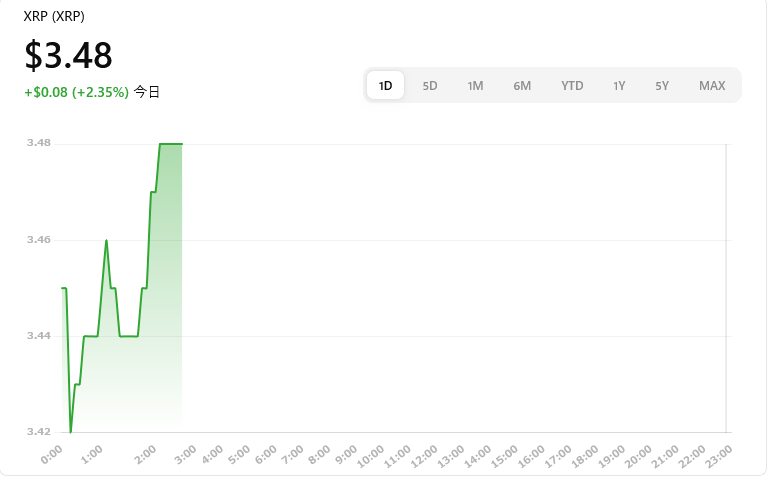
Main Points:
- ProShares Launch: ProShares has introduced two 2× daily leveraged ETFs—Ultra Solana ETF (SLON) and Ultra XRP ETF (UXRP)—on NYSE Arca as of July 15, 2025.
- Futures-Based Structure: Both ETFs use cash‑settled CME futures and swaps to target twice the daily performance of SOL and XRP.
- Institutional Adoption: The launches mark accelerated institutional interest in crypto, providing regulated, brokerage‑accessible exposure without on‑chain custody.
- High Risk, High Reward: 2× leverage amplifies both gains and losses, requiring rigorous risk management and understanding of daily rebalancing effects.
- Japanese Investor Guidance: Long‑term hold is generally unsuitable; investors should define clear entry/exit rules, limit allocations to comfortable loss levels, and monitor volatility closely.
- Wider ETF Ecosystem: These ETFs follow spot Bitcoin and Ether ETF approvals, reinforcing crypto’s integration into traditional finance and prompting new filings—like Trump Media’s blue‑chip crypto ETF proposal.
1. ProShares’ 2× Leveraged Crypto ETFs Hit the Market
On July 15, 2025, ProShares officially launched two new exchange‑traded funds aimed at delivering 200 % of the daily price movements of Solana (SOL) and Ripple (XRP). The ProShares Ultra Solana ETF (SLON) and the ProShares Ultra XRP ETF (UXRP) began trading on the NYSE Arca platform following SEC approval, adding to ProShares’ growing suite of crypto‑linked investment products.
Both SLON and UXRP are futures‑based ETFs, meaning they do not hold the underlying cryptocurrency directly. Instead, they gain exposure through cash‑settled CME futures contracts and complementary over‑the‑counter swaps. This structure enables investors to pursue leveraged returns within a regulated environment and their existing brokerage or retirement accounts.
2. Why Leverage? Understanding the Mechanics
Leverage magnifies both upside and downside: a 2× ETF seeks twice the percentage change of the reference asset each day.
- If SOL rises 5 % in one trading day, SLON aims to rise 10 % (before fees and expenses).
- Conversely, if SOL falls 5 %, SLON will target a 10 % decline.
This daily reset feature means that over longer holding periods, especially in volatile markets, the actual return can diverge significantly from simply “2 × the cumulative return” of SOL or XRP. Sharp swings can erode value through the so‑called “volatility drag” effect.
3. Current Crypto Price Snapshot
| Ticker | Current Price (USD) | Intraday High | Intraday Low |
|---|---|---|---|
| SOL | $181.34 | $183.31 | $177.07 |

| XRP | $3.48 | $3.55 | $3.39 |

As of July 21, 2025 (Asia/Tokyo time), SOL is trading at $181.34, up marginally on the day, while XRP stands at $3.48, having spiked to $3.02 immediately after UXRP’s debut on July 18, 2025.
4. Institutional Interest and Market Implications
4.1. Broadening Crypto Access
These leveraged ETFs grant traditional investors, including institutions and retirement‑account holders, a path to crypto exposure without requiring wallets, private keys, or direct exchange accounts. This integration into mainstream brokerage platforms may drive incremental inflows into SOL and XRP markets, boosting liquidity and price discovery.
4.2. Part of a Larger ETF Wave
Earlier in 2025, spot Bitcoin and Ether ETFs received SEC approval, igniting a new era of regulated crypto products. The arrival of 2× leveraged products for altcoins like SOL and XRP underscores the maturation of the ETF ecosystem. Even Trump Media & Technology Group filed on July 8, 2025, for a “blue‑chip” crypto ETF including bitcoin, ether, solana, and ripple, signaling further institutional ambitions.
5. Risks and Considerations for Investors
Leveraged ETFs are not suitable for all investors. Key risks include:
- Volatility Decay: Daily rebalancing can cause compounding effects that erode returns in choppy markets.
- Tracking Error: Performance may deviate from twice the asset’s cumulative return due to fees, roll costs, and rebalancing.
- Market Gaps: Overnight or weekend price moves are not captured until futures settle, potentially leading to slippage.
- Margin and Funding Costs: The futures and swap positions carry implicit financing costs that reduce net returns over time.
Investors should:
- Restrict exposure to a small portion of overall portfolios.
- Use stop‑loss and take‑profit levels to manage downside.
- Monitor positions daily, adjusting or unwinding as market conditions dictate.
6. Strategic Approaches for Japanese Investors
For Japanese retail and institutional investors, the following guidelines can help navigate these new products:
- Education First: Fully understand the ETF mechanics, including daily resets and roll yields. Study ProShares’ prospectus and CME futures rules.
- Define Time Horizon: Leverage ETFs often suit short‑term trading or hedging rather than long‑term buy‑and‑hold.
- Position Sizing: Allocate only capital you can afford to lose—consider capping at 2–5 % of total portfolio.
- Risk Controls: Employ automated orders (e.g., OCO orders) to enforce discipline.
- Stay Informed: Follow regulatory updates; future spot altcoin ETFs or new leverage tiers could broaden options.
By combining these best practices with tight risk management, Japanese investors can participate in the growth potential of SOL and XRP while mitigating the pitfalls of leveraged exposure.
7. The Evolving Crypto ETF Landscape
The debut of SLON and UXRP adds to a roster that now includes:
- Spot Bitcoin ETFs (e.g., BITO, IBIT).
- Spot Ether ETFs (e.g., ETHE).
- Inverse and sector‑specific crypto ETFs.
- Futures‑based leveraged altcoin ETFs.
Looking ahead, spot altcoin ETFs, multi‑asset crypto funds, and actively managed crypto strategies are likely to follow, further blurring the lines between digital assets and traditional finance.
Conclusion
The launch of ProShares Ultra Solana ETF (SLON) and Ultra XRP ETF (UXRP) on July 15, 2025, represents a significant milestone in the institutionalization of cryptocurrency markets. By offering 2× daily leveraged exposure via regulated futures contracts, these products attract traders seeking amplified returns and institutions desiring seamless brokerage access. However, the very leverage that offers outsized gains also magnifies losses and introduces complexities absent in spot holdings.
For Japanese investors, success with SLON and UXRP hinges on education, strict risk controls, and disciplined position management. As the ETF ecosystem expands—with spot BTC/ETH ETFs established and blue‑chip crypto ETF proposals emerging—the industry’s rapid evolution underscores the need for continued vigilance and adaptability. Ultimately, these leveraged altcoin ETFs offer a powerful new tool in the crypto investor’s arsenal—but only for those prepared to respect their risks and mechanics.

